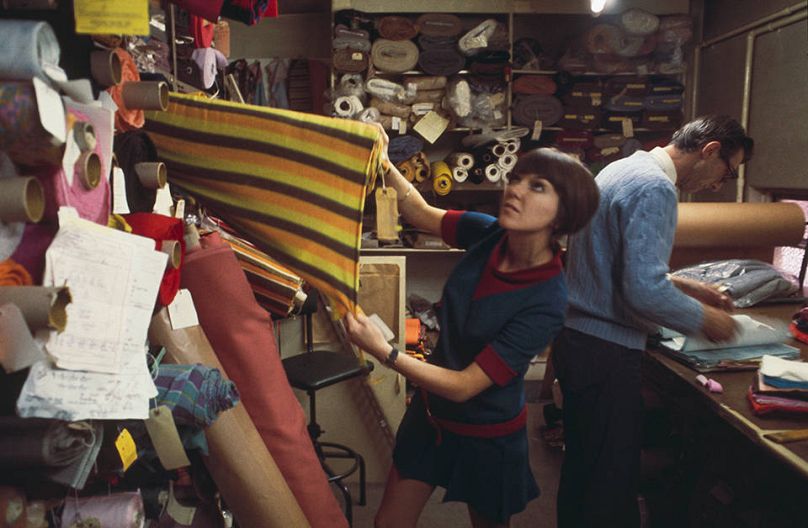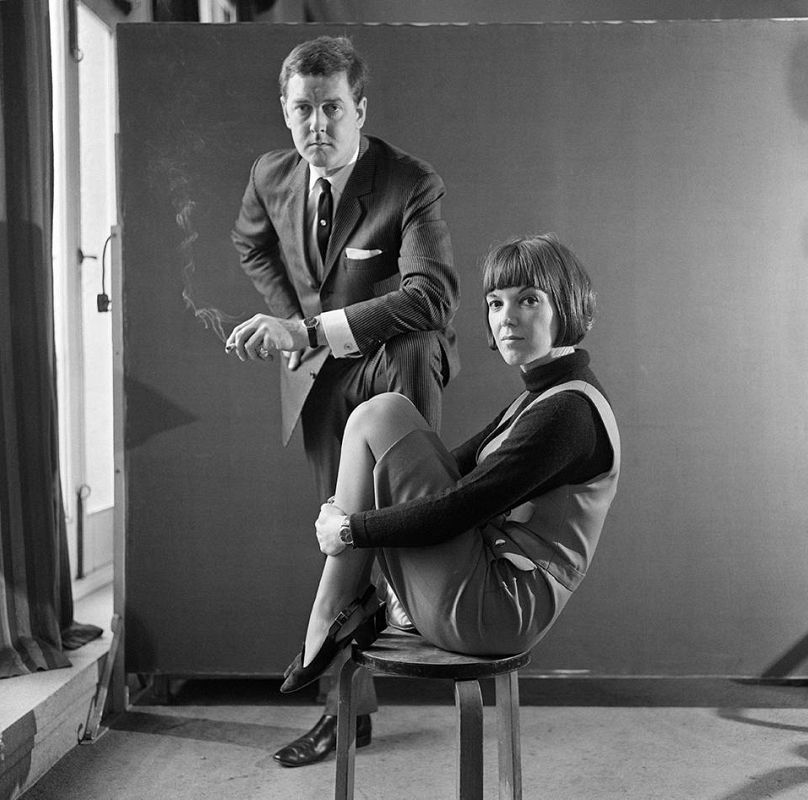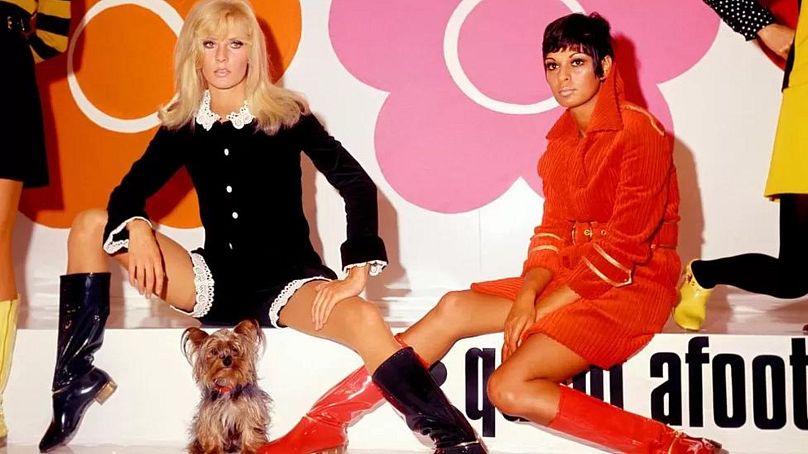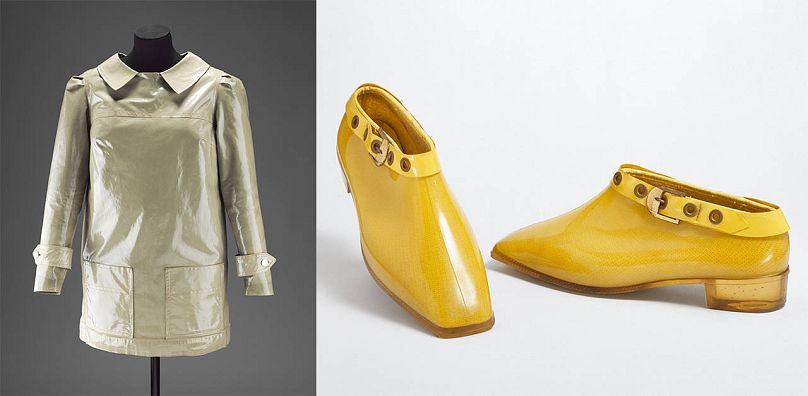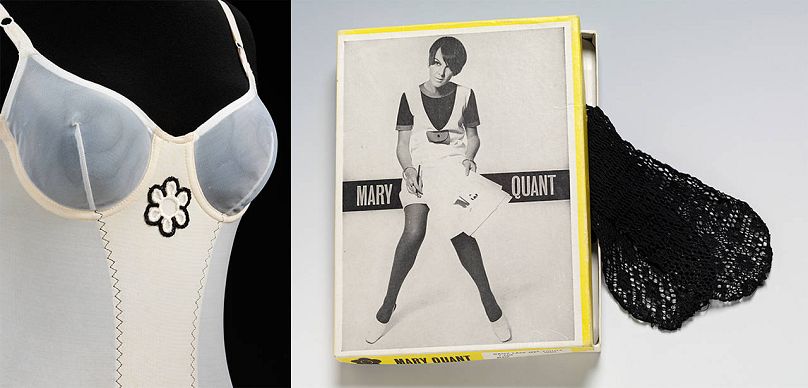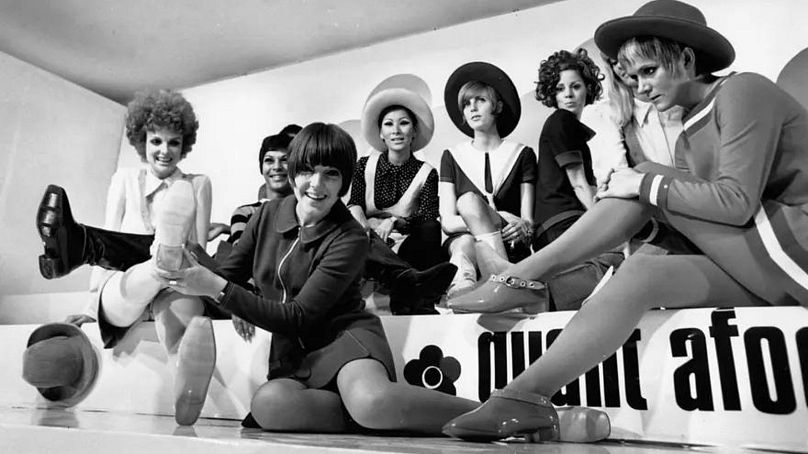British fashion designer Mary Quant, credited with designing the mini-skirt and hot pants that helped to define the swinging 60s, has died aged 93.
British fashion designer Mary Quant, credited with designing the mini-skirt and hot pants that helped to define the swinging 60s, has died aged 93.
A statement released on behalf of her family said: "Dame Mary Quant died peacefully at home in Surrey, UK, this morning. Dame Mary, aged 93, was one of the most internationally recognised fashion designers of the 20th century and an outstanding innovator of the Swinging Sixties. She opened her first shop Bazaar in the Kings Road in 1955 and her far-sighted and creative talents quickly established a unique contribution to British fashion."
Born in Blackheath, London, on 11 February 1930, Quant studied illustration at Goldsmiths, where she met her future husband, the aristocrat Alexander Plunket Greene.
She was a self-taught designer who was inspired by the “Chelsea Set” of young artists, filmmakers and socialites interested in exploring new ways of living and dressing.
Quant, Plunket Greene and a friend, lawyer-turned-photographer Archie McNair, opened a boutique called Bazaar. It offered clothes for the younger generations and was an instant hit. It included music and drinks, which set it apart from department stores.
A fashionrevolutionary
Her unique and colourful designs were influenced by musicians, Beatnik street chic, and the Mod subculture, and described as inventive and risky, revolutionizing the post-war utilitarian fashion standards before the cultural shifts of the ‘50s and ‘60s. Unlike the more structured clothes still popular at the time, Quant wanted "relaxed clothes suited to the actions of normal life".
She became one of the most iconic fashion designers of the 1960s, as she popularised super-high hemlines and other then-irreverent looks. This included the decade’s most iconic look: the mini-skirt, which Quant is often credited with inventing. She considered shorter skirts practical and liberating for women, and these short skirts became Quant's trademark. They were popularised by the era's most high-profile model, Twiggy.
She was also the first designer to use PVC in her designs, creating 'wet look' clothes, and is often credited with inventing the coloured and patterned tights that tended to accompany the mini-skirt.
In 1966, Quant was named one of the "fashion revolutionaries" in New York by Women's Wear Daily, alongside Pierre Cardin, Paco Rabanne, Yves Saint Laurent, and Baby Jane Holzer, and was the UK’s most high-profile designer by the end of the decade.
She continued to produce high quality womenswear and jewellery in the 70s, as well as coordinated interior designs, including carpets, wallpaper, and skincare products. Quant introduced skin care for men, and published books promoting her ideas about cosmetics.
In 1990 she was awarded the prestigious Hall of Fame Award by the British Fashion Council, recognising her outstanding contribution to British fashion.
Quant became a Dame in the 2015 New Year's Honours list.
A trailblazing legacy for the ages
There's little doubt that Mary Quant changed how women dress.
Apart from the optimistic renaissance that the mini-skirt represented, she was a pioneer in social matters, as she gave fashion a flexibility and imbued her designs with the liberation of the time. She made sure that women could wear practical yet stylish designs that reflected the eras shifting morals and attitudes.
She once declared: “The pockets make the dress” and added them in her dresses, in a bid to embrace modernity and break from past styles.
Quant was also ahead of her time when it came to gender-fluid clothing, as she developed looser, more relaxed designs inspired by menswear. She also popularized flat shoes in a glamourous context and even established a pioneering cosmetics line which included waterproof mascara.
A retrospective exhibition of Quant's work opened at the V&A in 2019 and has since toured the world.
Reflecting on the first 20 years of her career as the show launched, she said: "It was wonderfully exciting and despite the frenetic, hard work we had enormous fun. We didn't necessarily realise that what we were creating was pioneering, we were simply too busy relishing all the opportunities and embracing the results before rushing on to the next challenge."












